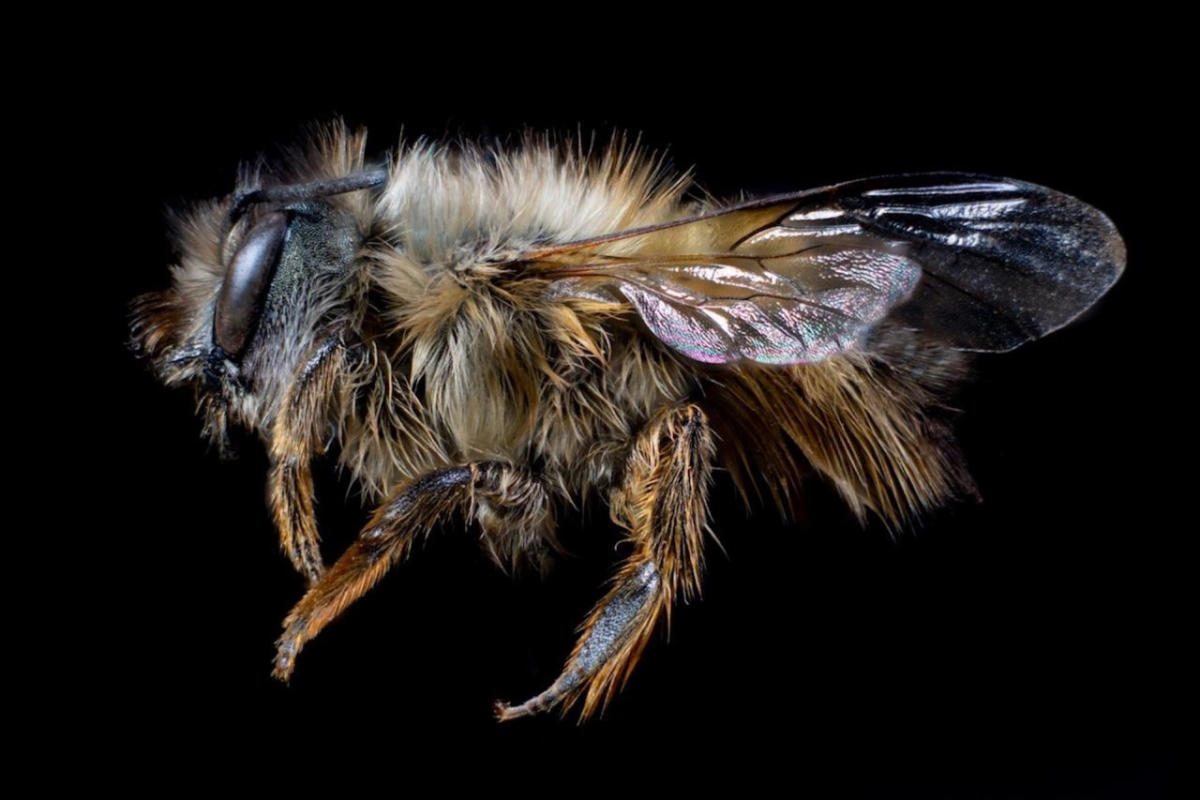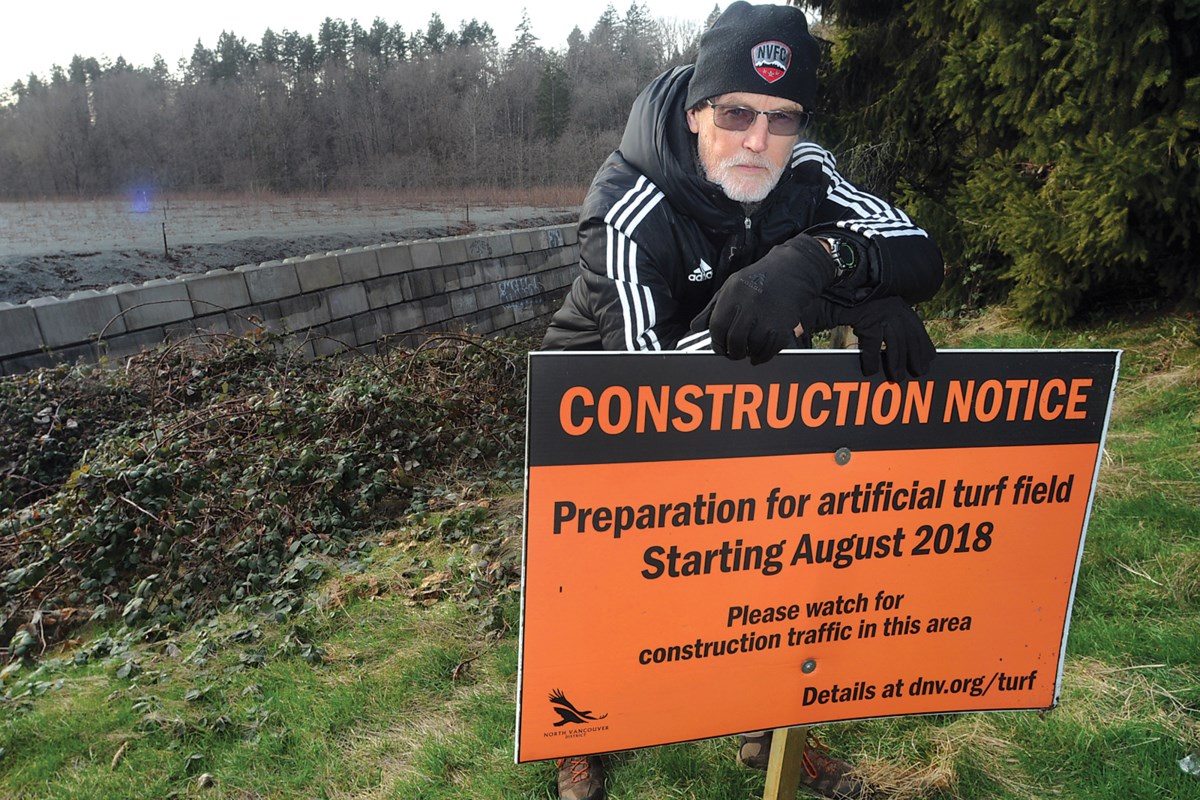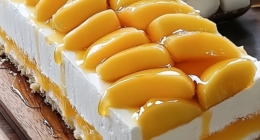[ad_1]
“Rampant Invasion of Non-Native Bees Threatens Canadian Native Bee Populations”
Canada’s wild bees are under pressure from a variety of threats, which now include two newly discovered invasive species that have gotten on scientists’ radar after emerging in Ontario.
For the first time, two alien mason bee species have been found in Canada that pose a risk to native mason bees. The non-native mason bees, Osmia cornifrons And Osmia bull, are native to northern Asia and were introduced to North America as plant pollinators more than 50 years ago. The Osmia bull is of particular concern to researchers.
ALSO SEE: Bees Can’t Get COVID, But Other Viral Infections Can Result in Fewer Babies
Their discovery in Ontario was made by researchers at the University of Toronto Scarborough (UTSC) in 2017 and reappeared over the following two years. After that, scientists found even more individuals through iNaturalist.
Scott MacIvor, assistant professor of life sciences at UTSC and lead author of the study published in the journal, PeerJ Life and Environmenttold The Weather Network that it is “very likely” that other types of non-native species are migrating to Canada from the US
“It was a matter of time before the land bridges connecting our countries would be a natural path for them [invasive species] to our province,” said MacIvor.
Mason bee (Osmia taurus) (12376108403)/Wikipedia
Osmia bull. (Benjamin Smith/Wikipedia. CC BY 2.0)
“These land bridges are one type of our natural corridors that these bees and other animals can use to blend into their preferred habitat area.”
More work needed to count mason bee numbers
Mason bees are active in early spring and overwinter as adults rather than as larvae like most bees, the assistant professor said. Many people studying these species focus primarily on the summer, when they have already retired to their nests for the year, so it is difficult to estimate populations of the two invasive species in Ontario at this time.
“More work is required to capture these [species] early in the spring so we can get a better sense of the population size of these animals. But surely we see them. And we haven’t seen them before,” MacIvor said.
What’s “unique” about mason bees is the spread of an online trade for their cocoons to aid in pollination, whether in agricultural systems or for sale to gardeners who want to propagate them in their backyards, MacIvor said.
Osmia cornifrons (non-native mason bee)
Osmia cornifrons. (Beatriz Moisset/Wikipedia. CC BY 3.0)
“Maurer Bee cocoons are one of the main groups of bees that are very easy to infest [sell]. They overwinter as adults in a small cocoon. Well, we can collect these cocoons and put them in the mail. And it’s illegal to do that between the United States and Canada,” he said.
These types of “human-directed movements” by wildlife are activities that we need to be aware of, MacIvor said. However, there is no evidence of this Osmia cornifrons And Osmia bull arrived in Ontario from a mail order source.
“Toronto is a big, growing city and there is a lot of interest in pollinator gardening [to] save the bees. It’s possible that these types of online services could result in the movement of certain types of bees or pathogens,” MacIvor said.
Threats to native mason bees
One of the problems with non-native mason bees is that they compete with wild species for food and nesting opportunities, the UTSC assistant professor explained.
Blue orchard bee / JimRivers OSU College of Forestry / Wikipedia
Orchard Mason Bee. (Jim Rivers/OSU College of Forestry/Wikipedia. CC BY-SA 2.0)
“They use the same types of flowers in the spring when people aren’t paying enough attention to the variety or breadth of flower availability for these bees, so there may be more competition,” MacIvor said.
“These two alien bees have also been linked to an alien mite species. Mites can get into bee nests and wreak havoc, affecting the health of the larvae or causing death.”
Mason bees are important pollinators for native spring mayflies in forests and also for orchards, MacIvor said. This includes everything from plums and peaches to cherries and apples.
“Supporting our native wild bee populations in general supports these critical pollination services that we depend on,” MacIvor said. And with wild bees, we get it for free.”
Orchard Mason Bee/Red58bill
Orchard Mason Bee. (Red58bill/Wikipedia. CC BY 3.0)
Since at least one in three bites needs to be pollinated, we need to think about protecting bees to ensure food security, MacIvor said. There are more than 300 bee species or more in the Greater Toronto Area (GTA) alone.
“They’re really effective pollinators on a lot of the plants that we really like, especially the really colorful, nutritious ones, which can sometimes be expensive,” MacIvor said, “can really have an important impact on making sure they stay with us.”
WATCH: What do bees and storm clouds have in common? More than you think
Click here to watch the video
Thumbnail courtesy of Don Campbell/University of Toronto Scarborough.
Keep following Nathan Howes Twitter.
[ad_2]
Don’t miss interesting posts on Famousbio










